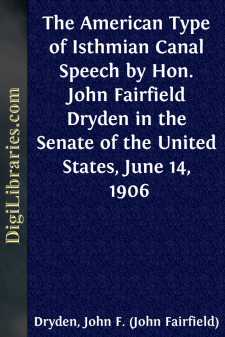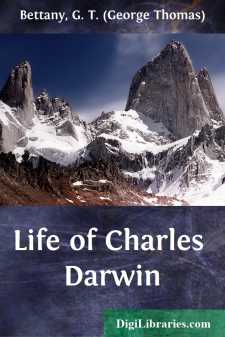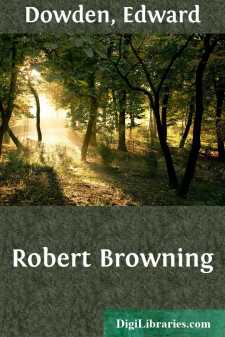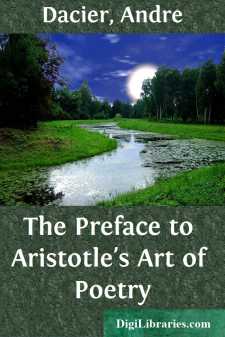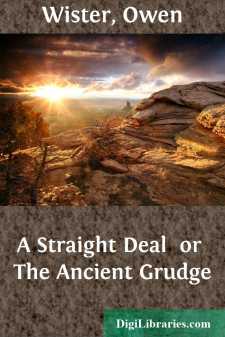Non-Classifiable
- Non-Classifiable 1768
Non-Classifiable Books
Sort by:
HISTORICAL ANALYSIS Francis Tresham, of Rushton, in Northamptonshire, has recently (September 11, 1605) succeeded his father, Sir Thomas Tresham (a great sufferer for the Roman Catholic religion), in an inheritance of at least five thousand a year, in present money; after having, as he says, spent most of his time overburdened with debts and wants, and resolves within himself to spend his days quietly....
more...
by:
Unknown
In the year 1768 a German peddler, named George Gist, left the settlement of Ebenezer, on the lower Savannah, and entered the Cherokee Nation by the northern mountains of Georgia. He had two pack-horses laden with the petty merchandise known to the Indian trade. At that time Captain Stewart was the British Superintendent of the Indians in that region. Besides his other duties, he claimed the right to...
more...
THE AMERICAN TYPE OFISTHMIAN CANAL It was on June 14, 1906, when the Canal subject was up for final consideration, that Mr. Dryden addressed the Senate. The official records show that "S. 6191, to provide for the construction of a sea-level canal connecting the waters of the Atlantic and Pacific oceans, and the method of construction," was before Congress, and it was in opposition to this...
more...
CHAPTER I. If ever a man's ancestors transmitted to him ability to succeed in a particular field, Charles Darwin's did. If ever early surroundings were calculated to call out inherited ability, Charles Darwin's were. If ever a man grew up when a ferment of thought was disturbing old convictions in the domain of knowledge for which he was adapted, Charles Darwin did. If ever a man was...
more...
PREFACE TO THE SECOND EDITION. One of the most encouraging signs of the growth of musical taste and understanding at the present time as regards the singing of children, is the almost unanimous acquiescence of choirmasters, supervisors, teachers, and others in the idea that children should sing softly, and avoid loud and harsh tones; and the author ventures to hope that the first edition of this book...
more...
The editor has often been asked: "Upon what principle have you constructed this series of lives of American statesmen?" The query has always been civil in form, while in substance it has often implied that the "principle," as to which inquiry is made, has been undiscoverable by the interrogator. Other queries, like pendants, have also come: Why have you not included A, or B, or C? The...
more...
by:
Edward Dowden
Chapter I The ancestry of Robert Browning has been traced to an earlier Robert who lived in the service of Sir John Bankes of Corfe Castle, and died in 1746. His eldest son, Thomas, "was granted a lease for three lives of the little inn, in the little hamlet of East Woodyates and parish of Pentridge, nine miles south-west of Salisbury on the road to Exeter." Robert, born in 1749, the son of...
more...
THE JUKES Education is something more than going to school for a few weeks each year, is more than knowing how to read and write. It has to do with character, with industry, and with patriotism. Education tends to do away with vulgarity, pauperism, and crime, tends to prevent disease and disgrace, and helps to manliness, success and loyalty. Ignorance leads to all those things that education tries to...
more...
by:
Andre Dacier
INTRODUCTION André Dacier's Poëtique d'Aristote Traduite en François avec des Remarques was published in Paris in 1692. His translation of Horace with critical remarks (1681-1689) had helped to establish his reputation in both France and England. Dryden, for example, borrowed from it extensively in his Discourse Concerning the Original and Progress of Satire (1693). No doubt this earlier...
more...
by:
Owen Wister
Chapter I: Concerning One's Letter Box Publish any sort of conviction related to these morose days through which we are living and letters will shower upon you like leaves in October. No matter what your conviction be, it will shake both yeas and nays loose from various minds where they were hanging ready to fall. Never was a time when so many brains rustled with hates and panaceas that would sail...
more...




